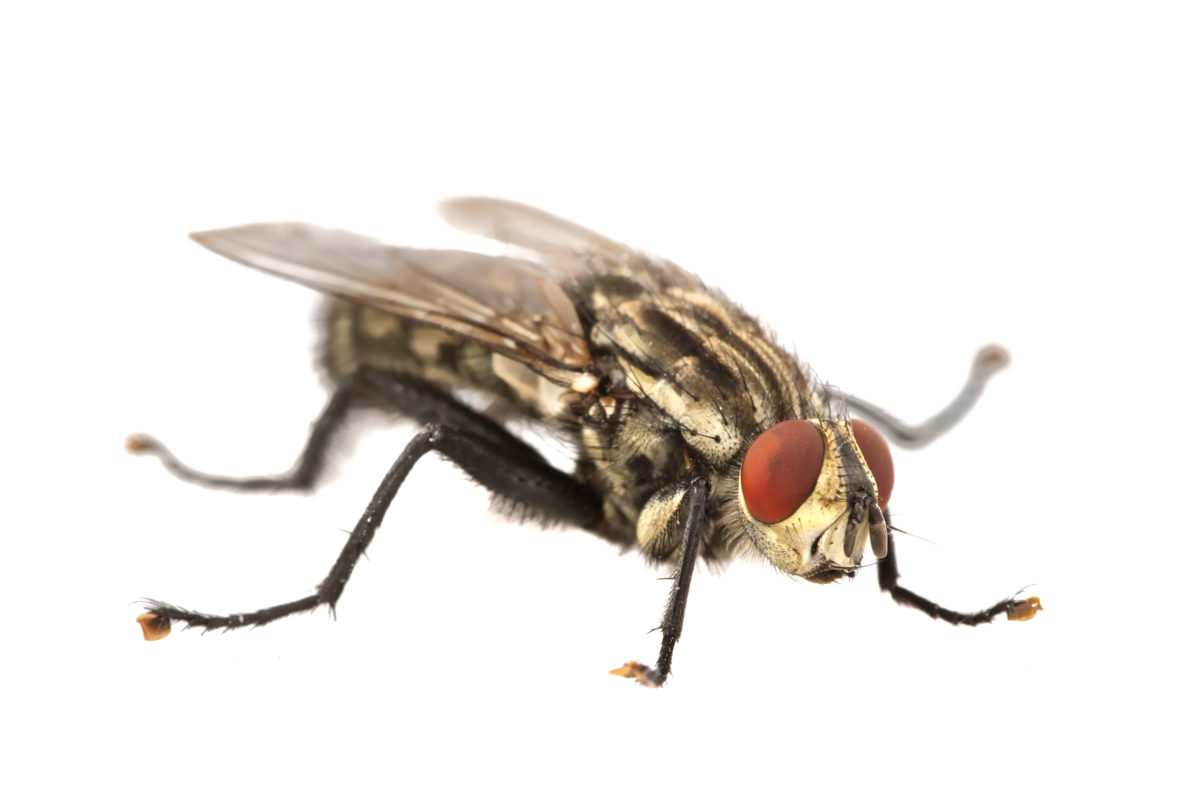What is a fly catcher?
If you live in certain areas of the globe that have spring and summer seasons, then you know that these months are the time where flies become more than a handful.
The same can be said during warmer months of the year where flies thrive and infest not just your home but other properties of yours as well. Now, what route of action should you take to be able to take control of these flies?
There are different ways to control flies but one that is the most effective is the fly catcher.
Understanding A Fly Catcher
These traps are low-cost and convenient devices that you can place in different locations of your house or property to control your fly problem. Usually, they make use of a bait that serves as an effective means of luring flies into the trap.
This bait can either be the electronic variant or the scented variant. In the present, these traps have become more hygienic and sophisticated in comparison to those used in the past. As a matter of fact, you now have different fly trap options to choose from.
With your many options of having a fly catcher currently being sold in the market, how will you know which one you should get? While some traps are designed for home use with their non-toxic bait and attractive design, some traps that are used for industrial purposes are intended to catch flies efficiently and swiftly and may not look as attractive as the home variant.
Choosing A Fly Catcher
A lot of factors come into play when choosing the most suitable fly catcher for you. Usually, the location for targeting the pest is one. Obviously, if you will be using one at home or at your office, then you need one that is built for indoor use. On the other hand, for commercial properties and barns, going with indoor/outdoor traps will serve you best. Here are some other factors you need to consider in finding the perfect device for controlling flies.
1. Type of bait
Most fly catchers utilize scented baits to attract flies faster into the trap. For traps that use bait with stronger odor, they should be used outdoor. Since most traps come with chemical baits, always go with those that can protect users from coming in contact with the bait. This is an important consideration for traps used at home where small children and pets are around.
2. Concealability
A lot of fly catchers come with designs that easily blend into their surroundings. For instance, fly bait stations have an enclosure where pests enter and once they are trapped will not be visible to people passing the device by. This kind of trap is more concealed and best used for indoor applications. For outdoor use like industrial facilities and barns, concealability is not that much of an issue.
3. Location of use:
Generally, fly catchers have been made for use in particular locations. For example, bottle traps and bait stations are best placed in near areas of concern like the windows. On the other hand, hanging traps are made to be hung near the areas of concern and in open air.
Again, do not forget to consider if the trap you will be using is made for indoor or outdoor use in connection with the target location for them.




